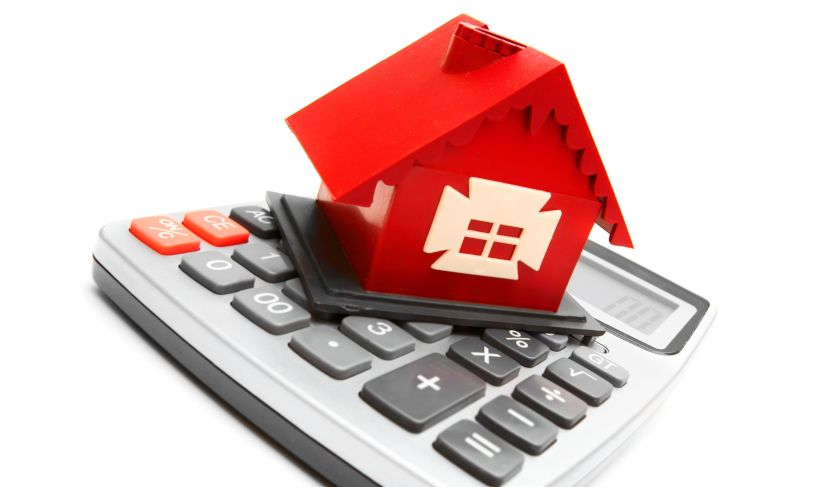City dwelling values increase at fastest rate since 2010
Capital city dwelling values across the country have increased at their fastest annual rate since May 2010, highlighting “the continued resurgence in the pace of capital gains”, a report has found.

According to the latest CoreLogic Hedonic Home Value Index for March 2017, capital city dwelling values moved 1.4 per cent higher over the month, taking the combined capital city index to a growth rate of 12.9 per cent.
Four of Australia’s eight capital cities recorded an annual growth rate in dwelling values higher than 10 per cent, with Sydney values rising at their fastest annual pace in more than 14 years.
While the report found that Sydney and Melbourne led the charge in overall growth conditions, Perth and Darwin values continued to trend lower on an annual basis, falling by 4.7 per cent and 4.4 per cent respectively.
The annual rate of capital gains also moved into double-digit growth in both Hobart (up by 10.2 per cent) and Canberra (up by 12.8 per cent), while Adelaide and Brisbane also saw dwelling values trend higher at a sustainable pace with increases of 3.4 and 3.7 per cent respectively over the past 12 months.
Diverse conditions across regions and housing types
Head of research at CoreLogic Tim Lawless said the difference in performance between houses and units is a key feature of the housing market. House values were 13.4 per cent higher over the past 12 months compared to a 9.8 per cent rise in unit values.
“The disparity in growth rates is more significant in those cities where high new unit supply is more apparent,” Mr Lawless said.
“In Melbourne, house values were 17.2 per cent higher over the past 12 months compared with a 5.2 per cent increase across the unit sector [while] similarly in Brisbane, house values were also 4 per cent higher over the past 12 months compared with a 0.2 per cent rise in unit values over the same period.
“The weaker growth conditions within the unit markets sector reflect heightened levels of new supply across specific inner city precincts and also suggests that consumer confidence has been negatively affected by the warnings of a potential unit oversupply.”
Mr Lawless also noted that the pace of capital gains “became evident through the second half of 2016, fuelled largely by lower mortgage rates and a rebound in investment activity”.
However, given the recent policy announcements from the Australian Prudential Regulation Authority with regard to dampening investment-related credit demand, “we can expect lending conditions for investment purposes will tighten, particularly for investors with small deposits or those applying for an interest-only loan”.
“Additionally, higher mortgage rates handed down by Australia’s major banks may contribute towards cooling some of the exuberance being seen in the largest capital city housing markets,” Mr Lawless concluded.

